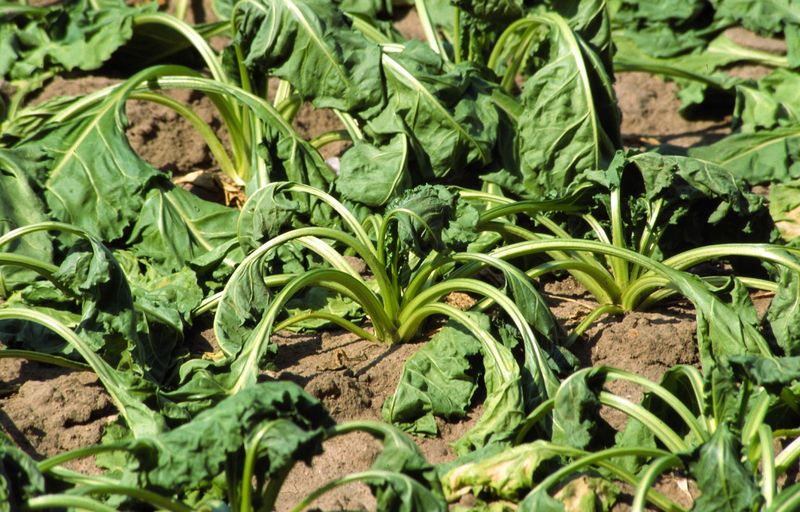Storing Drought Stressed Beets – capitalising on a hard situation.

Literally.
The harvest campaign of 2017 is remembered as a wet one. While it was underway, I’m sure many were wishing for a better foundation for their clamps sites. This year, for now, we have that. So, while the ground in hard and dry, could it be worth trying to maintain a patch of the field like this?
(Credit of this blue-sky idea goes to some of my colleagues, definitely not me.)
Join Us!
We are currently interested in finding two tests sites for this idea in 2018. The plan is to lay out a plastic cover over the future clamp site to maintain its condition through to harvest. The plastic will be approximately 50m long, and wide enough to accommodate both the clamp and the unloading/ loading equipment. To make a comparison possible, we also need 50m of non-covered (ie normal) clamp. So a total of 100 clamp meters, or approximately 900 tn. At 60 tonne/ hectare, that’s a 15ha field.
Test site conditions we are looking for:
– a place where it is unlikely water will pool up under the plastic cover.
– a place where it is OK if the crop suffers from being covered, or even a place where there is no crop.
Test harvester operations we are looking for:
– Unloading to the pile direct from the harvester, plus a cleaner-loader used at transport. We expect this area to be approximately 20m wide
– Unloading to the pile from a backwards unloading chaser bin, plus a cleaner-loader used at transport. We expect this area to be approximately 10m wide.
Summary: 15ha or larger field, up to 50m x 20m area that can be covered with plastic, right harvester operations.
We will provide the plastic and labour at both site establishment and at harvest. We hope to be able to find something to weigh down the plastic on-site.
We will also be running a test at the site of this year’s Summer Meeting, given the car park area we used is next to the beet fields and is also on a slope. These beets at Valterslund will be loaded for transport using a front-end loader.
What are the questions we are asking?
-
- What is the relative cleanness of the beets from the covered vs the uncovered area?
- What is the relative ease of harvest and loading operations at the covered vs uncovered area?
- What are the soil conditions of the clamp site for the following crop at the covered vs uncovered area?
- What are the economics?
- What will happen to the crop under the plastic?
- If there are beets under the plastic, how is the ground after harvest? Is it still better?
- How late can the ground be covered to give the better conditions?
- It is worth demarcating such areas even prior to sowing, maybe by sowing a different crop there?